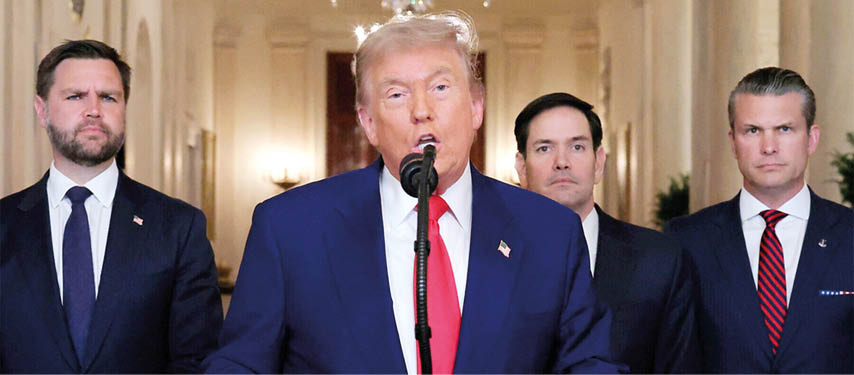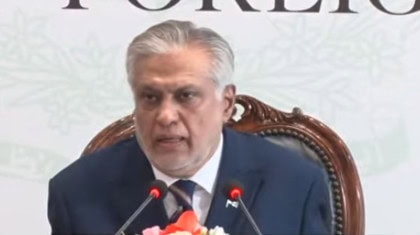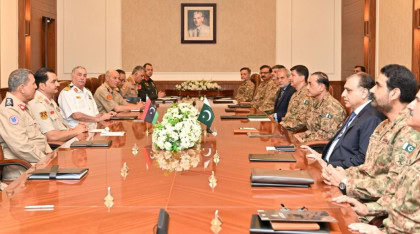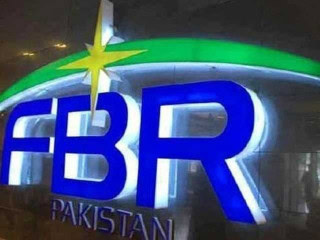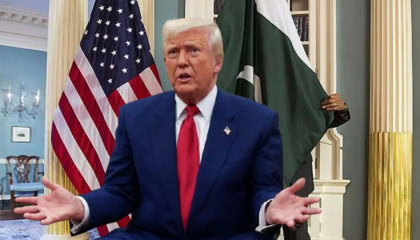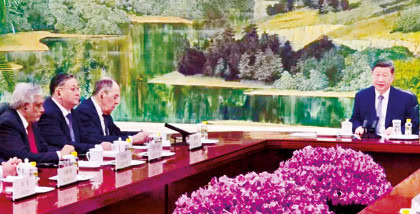‘If peace does not come quickly, we will go after other targets with precision’, warns US president; US strikes on Iran’s nuclear sites not aimed at regime change: Pentagon chief
President Donald Trump said on Saturday that US forces had destroyed Iran’s main nuclear sites in a major airstrike.
He called the attacks a “spectacular success” and claimed Iran’s nuclear programme had been completely wiped out. The strikes targeted three key locations — Natanz, Isfahan and Fordow.
Following days of deliberation—and well before his self-imposed two-week deadline—Trump’s decision to join Israel’s military campaign against its regional rival marks a major escalation in the conflict. “The strikes were a spectacular military success,” Trump said during a televised address from the Oval Office. “Iran’s key nuclear enrichment facilities have been completely and totally obliterated.”
In a speech lasting just over three minutes, Trump said Iran’s future now held “either peace or tragedy” and warned that many other targets could be hit by the US military. “If peace does not come quickly, we will go after those other targets with precision, speed and skill.”
According to CBS News, the US reached out to Iran diplomatically on Saturday to stress that the strikes were the full extent of US military plans and that Washington does not seek regime change.
Trump said US forces had struck Iran’s three main nuclear sites: Natanz, Isfahan, and Fordow. He told Fox News that six bunker-buster bombs were dropped on Fordow, while 30 Tomahawk missiles were fired at other nuclear facilities.
US B-2 bombers took part in the strikes, a US official told Reuters, speaking on condition of anonymity.
“A full payload of BOMBS was dropped on the primary site, Fordow,” Trump posted on social media. “Fordow is gone.”
An Iranian official, quoted by the Tasnim news agency, confirmed that part of the Fordow site had been hit by “enemy airstrikes.”
Meanwhile, the US strikes on Iran’s nuclear sites were not a preamble to regime change, US Defence Secretary Pete Hegseth said on Sunday, adding that Washington sent private messages to Tehran encouraging negotiation.
Officials kept operation “Midnight Hammer” highly secret, limiting knowledge of the mission to a small number of people in Washington and at the US military’s Middle East headquarters in Tampa, Florida.
Seven B-2 bombers flew for 18 hours from the United States into Iran to drop 14 bunker-buster bombs, chairman of the Joint Chiefs of Staff, General Dan Caine, told reporters.
Hegseth warned Iran against following through with past threats of retaliation against the United States and said US forces would defend themselves.
“This mission was not and has not been about regime change,” Hegseth told reporters at the Pentagon. “The president authorised a precision operation to neutralise the threats to our national interests posed by the Iranian nuclear programme.”
Caine said initial battle damage assessments indicated that all three sites sustained extremely severe damage and destruction, but he declined to speculate whether any Iranian nuclear capabilities might still be intact.
In total, the US launched 75 precision-guided munitions, including more than two dozen Tomahawk missiles, and more than 125 military aircraft, in the operation against three nuclear sites, Caine said.—Agencies

